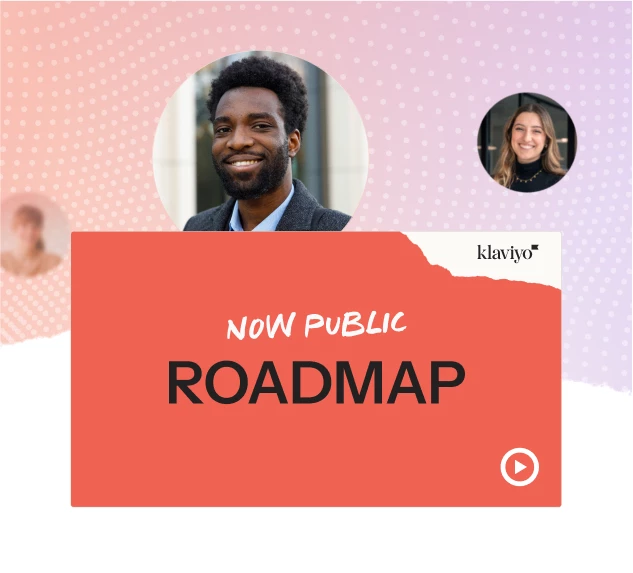Hey All,
I’m trying to understand how Abandon Cart and Browse Abandonment flows work from a technical perspective.
Setting everything up as a flow is easy and I get all those parts.
What I don’t understand is how Klaviyo collects the emails and tracks the user through the website.
To illustrate, let’s say we have these groups of users:
- Stumblers
These people have stumbled upon the website, looked at some products, added them to cart, did not complete the purchase and left the website. - Curious Stumblers
These people did the same as the Stumblers, but they have also given their email in the discount pop-up or any other email capture form on the website - Curious Stumblers - No Consent
These users acted the same way as the #2, but they have denied cookie consent. - Buyers
These users have successfully completed a purchase at least once and have entered their email in the checkout page
My question is, how would Klaviyo behave in regards to abandoned carts/browse abandonment for each of these users.
My assumption:
- We did not collect their email at any point so they don’t enter any flows and don’t have a profile within Klaviyo.
- We have recorded their email because they entered it in the email capture form. In that case, Klaviyo can and will send them an abandoned browse email showing them the products they viewed.
- We have recorded their email and also their lack of consent. So in that case, they are skipped in any emails we send.
- We have their email and will send them an abandoned cart email.
So I suppose, ultimately, what I’m asking is when does Klaviyo collect user email address to then use it in flows and email marketing.
And if most of the traffic currently is without an email record - the answer to that is creating a better email capture system, right?


![[Academy] Klaviyo Product Certificate Forum|alt.badge.img](https://uploads-us-west-2.insided.com/klaviyo-en/attachment/8798a408-1d98-4c3e-9ae8-65091bb58328_thumb.png)



![[Academy] Deliverability Certificate Forum|alt.badge.img](https://uploads-us-west-2.insided.com/klaviyo-en/attachment/505f2253-cde5-4365-98fd-9d894328b3e0_thumb.png)
